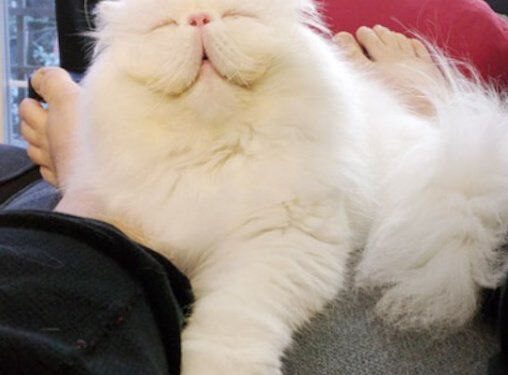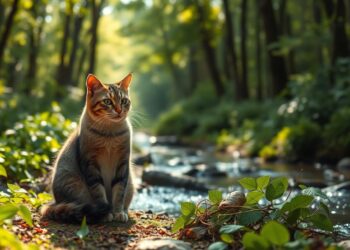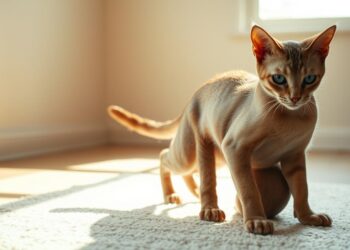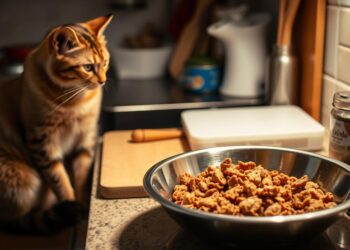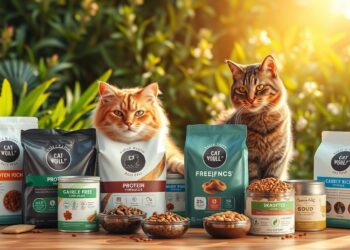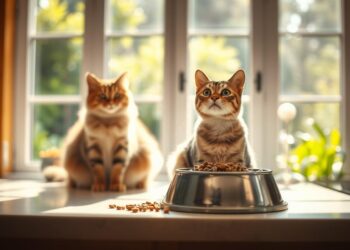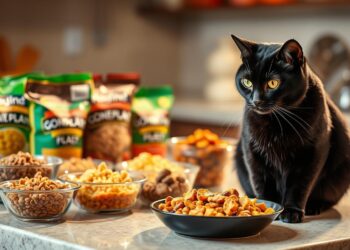Introduction:
Did you know your cat’s body literally can’t survive without meat? That’s right! Cats are “obligate carnivores,” meaning they need nutrients found only in animal tissue to thrive. Feeding them like a tiny human or even a dog just won’t cut it. Choosing the right food is one of the most powerful ways you show your furry friend love. Get it right, and you fuel a lifetime of playful pounces, gleaming fur, and contented purrs. Ready to unlock the secrets of cat nutrition? Let’s dive in!
Why Cat Nutrition Matters So Much
Feeding your cat isn’t just about filling the bowl; it’s about building a healthy, happy life! Proper cat nutrition:
- Prevents serious diseases (like urinary problems, diabetes, heart issues).
- Gives them energy for play and exploration.
- Keeps their coat shiny and skin healthy.
- Supports strong muscles and bones.
- Helps them live a longer, happier life by your side. Understanding this guide means confidence in every scoop you pour!
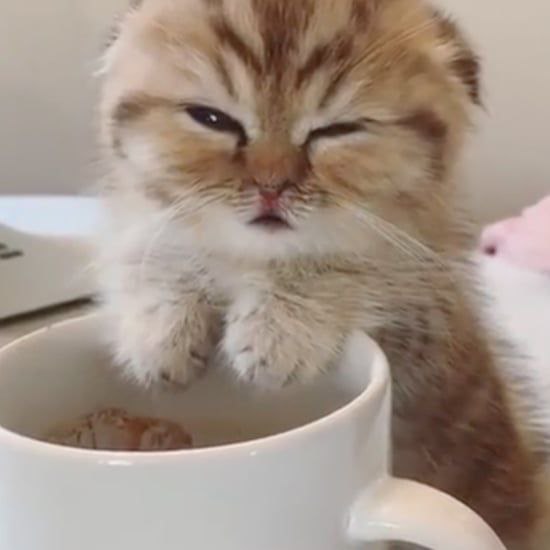
The Building Blocks of Feline Health (Key Nutrients!)
Think of your cat’s food as a puzzle. Here are the essential pieces:
- Meat is Mandatory! High-quality animal protein (chicken, turkey, fish, beef) is the #1 ingredient cats need. It builds muscle and provides energy.
- Taurine is Crucial: This special amino acid only comes from meat. Cats can’t make enough themselves! It’s vital for heart health, vision, and reproduction.
- Fat is Fuel: Healthy fats give energy and help absorb vitamins. Look for sources like chicken fat or fish oil (which also helps their skin!).
- Vitamins & Minerals: A balanced mix (like Vitamins A, D, E, and calcium) keeps everything working smoothly. Good commercial foods add these in.
- Water, Water Everywhere! Cats aren’t big drinkers naturally. Wet food helps a lot with hydration, which is super important for kidney and bladder health.
Your Action Plan: Simple Feeding Tips
Putting cat nutrition into practice is easy!
- Read the Label First: Look for foods where a named meat (like “chicken” or “salmon”) is the FIRST ingredient. Avoid vague terms like “meat by-products.”
- Wet Food Wins (Often): Include wet food in their diet daily. It provides much-needed moisture. If you feed dry, make sure fresh water is ALWAYS available.
- Portion Control is Key: Follow the feeding guidelines on the package based on your cat’s weight. Overfeeding leads to obesity! Use a measuring cup.
- Stick to a Schedule: Feed adult cats 2-3 measured meals a day instead of leaving food out all the time (free-feeding).
- Treats are Tiny: Keep treats to less than 10% of their daily calories. Too many can spoil their appetite for healthy food.
Helpful Tools for Success
- Measuring Cups: Essential for accurate portions.
- Clean Water Bowls: Have multiple bowls around the house, refilled daily. Consider a cat water fountain – many cats love running water!
- Scheduled Bowls/Timed Feeders: Helpful if you’re away during regular meal times.
Oops! Common Cat Feeding Mistakes
- Overfeeding: Leads to obesity and health problems. Measure that food!
- Feeding Only Dry Food: Can lead to dehydration and urinary issues. Add wet food!
- Giving Cow’s Milk: Most adult cats are lactose intolerant. It gives them upset tummies. Stick to water or cat milk replacements.
- Ignoring Life Stage: Kittens, adults, and seniors have different nutritional needs. Feed the right food for their age.
- Sudden Food Switches: Always transition slowly over 7-10 days to avoid stomach upset.
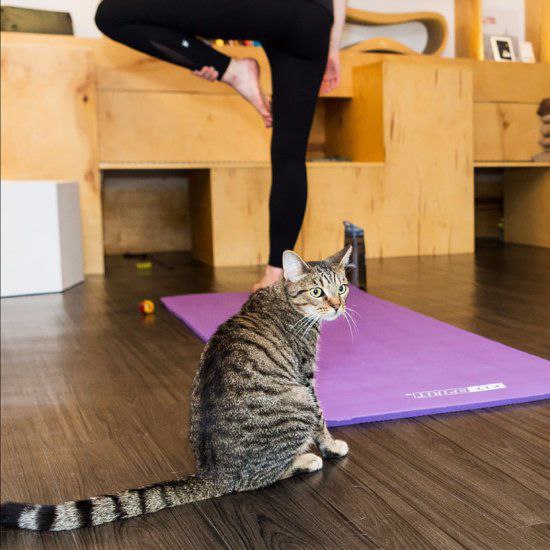
One Size Doesn’t Fit All: Variations
- Kittens: Need calorie-dense, nutrient-packed food for growth. Feed kitten-specific formulas.
- Adult Cats (1-7 years): Need balanced maintenance formulas.
- Senior Cats (7+ years): May need lower-calorie food or formulas supporting joints/kidneys. Talk to your vet!
- Indoor Cats: Often less active, so need carefully portioned food to avoid weight gain. Many indoor formulas exist.
- Specific Breeds/Health Issues: Some breeds (like Siamese) or cats with health problems (kidney disease, allergies) need special diets. Always consult your veterinarian!
Conclusion: Happy Cat, Happy Life!
Feeding your cat well is a beautiful act of love. By focusing on high-quality protein, ensuring plenty of moisture (especially from wet food), controlling portions, and choosing food suited to their life stage, you’re giving your feline companion the absolute best foundation for a long, vibrant, and purr-filled life. Understanding cat nutrition empowers you! Start looking at those labels, maybe add a splash of wet food, and watch your kitty thrive.
FAQs: Your Cat Nutrition Questions Answered!
- Q: Can I give my cat milk?
- A: It’s best not to. Most adult cats lose the ability to digest lactose (milk sugar) after kittenhood, leading to diarrhea. Offer fresh water instead. Special “cat milk” products are available if you want a treat.
- Q: Is dry food or wet food better?
- A: Both have pros and cons. Dry food is convenient and helps clean teeth. Wet food provides crucial moisture and is often higher in protein. A combination of both is often ideal! Prioritize wet food for hydration.
- Q: How much should I feed my cat?
- A: It depends! Check the feeding guide on your cat food bag (based on weight) as a starting point. Your cat’s age, activity level, and whether they are spayed/neutered also matter. Your vet can give the best personalized advice.
- Q: Are homemade diets safe?
- A: It’s very tricky! Homemade diets must be carefully formulated by a veterinary nutritionist to ensure they provide all the essential nutrients cats need. An unbalanced homemade diet can be dangerous. Stick to high-quality commercial foods unless specifically guided by a vet expert.
- Q: How do I switch my cat to a new food?
- A: Slowly! Mix a small amount of the new food with their current food. Gradually increase the new food and decrease the old food over 7-10 days. This helps prevent tummy troubles.
